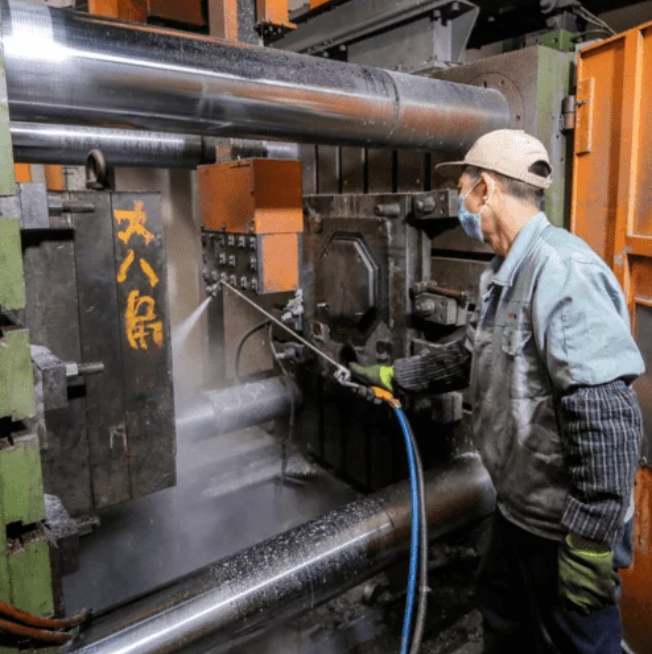Introduction:
Die casting is a widely used manufacturing process for producing metal parts with high dimensional accuracy and excellent surface finish. However, to achieve optimal results, it is essential to consider several design guidelines during the die casting process. This article aims to highlight the critical factors that designers should keep in mind to ensure the manufacturing efficiency and success of die casting.
1. Material Selection:
Choosing the right material is crucial in die casting design. Aluminum, zinc, and magnesium are commonly used due to their excellent castability, mechanical properties, and cost-effectiveness. Understanding the material’s behavior during the die casting process is necessary to determine its suitability for the intended application.
2. Draft Angles:
Including draft angles in the design is essential to facilitate the removal of the die-cast part from the mold. Draft angles ensure a smooth ejection without causing any damage to the part or the mold. Generally, a minimum draft angle of 1 to 2 degrees per side is recommended, depending on the part’s complexity.
3. Wall Thickness:
Maintaining uniform wall thickness is critical to avoid issues such as shrinkage, porosity, and warpage. Thick sections require longer solidification times and can result in defects. Conversely, thin sections may solidify too quickly, leading to insufficient filling and compromised part integrity. Designers should aim for consistent wall thickness, typically between 2mm to 6mm, to achieve optimal die casting results.
4. Fillets and Ribs:
Incorporating fillets and ribs in the design can enhance the part’s structural integrity and reduce stress concentration. Fillets should be designed with a minimum radius equal to or greater than the wall thickness to prevent stress concentration. Ribs, on the other hand, can provide additional strength while minimizing material usage, thus reducing costs.
5. Undercuts and Cores:
To avoid complex and costly secondary machining operations, it is advisable to limit the number of undercuts in the die casting design. Undercuts make it challenging to remove the part from the mold and may require additional slides or cores. Minimizing undercuts simplifies the design and improves the overall manufacturing efficiency.
6. Gate and Runner Design:
The gate and runner system plays a crucial role in ensuring proper flow of molten metal into the mold cavity. The design should allow for a smooth and uniform filling to minimize turbulence, gas entrapment, and porosity. A well-designed gate and runner system also promotes optimal cooling and helps prevent premature solidification of the molten metal.

7. Parting Line Placement:
The parting line separates the two halves of the mold and determines the location where the two halves meet. Optimal parting line placement is vital to minimize the appearance of parting line flash, which is excess material observed along the parting line. Proper parting line placement also ensures consistent wall thickness and avoids critical features falling on the parting line.
Conclusion:
Die casting design guidelines are essential to ensure the successful and efficient manufacturing of high-quality metal parts. By considering parameters such as material selection, draft angles, wall thickness, fillets, and ribs, designers can optimize the die casting process. Additionally, careful consideration of undercuts, gate and runner design, and parting line placement can further enhance manufacturing efficiency and reduce costs. Adhering to these guidelines will result in products with superior quality, dimensional accuracy, and surface finish, meeting the desired specifications and customer expectations.
-

- Alloggiamento del controller per ricambi auto pressofuso in lega di magnesio
-

- Staffa per cruscotto automatico con lavorazione CNC
-

- Prodotti personalizzati per fonderia Componenti per e-bike Cerchi in lega di magnesio
-

- Cornice per display a LED in pressofusione di lega di magnesio
-

- Alloggiamento per UAV di parti di tixostampaggio in magnesio
-

- Parti e componenti pressofusi OEM

 0086-750-5616188
0086-750-5616188 +86 13392089688
+86 13392089688 sales@zhongmei-tech.com
sales@zhongmei-tech.com







